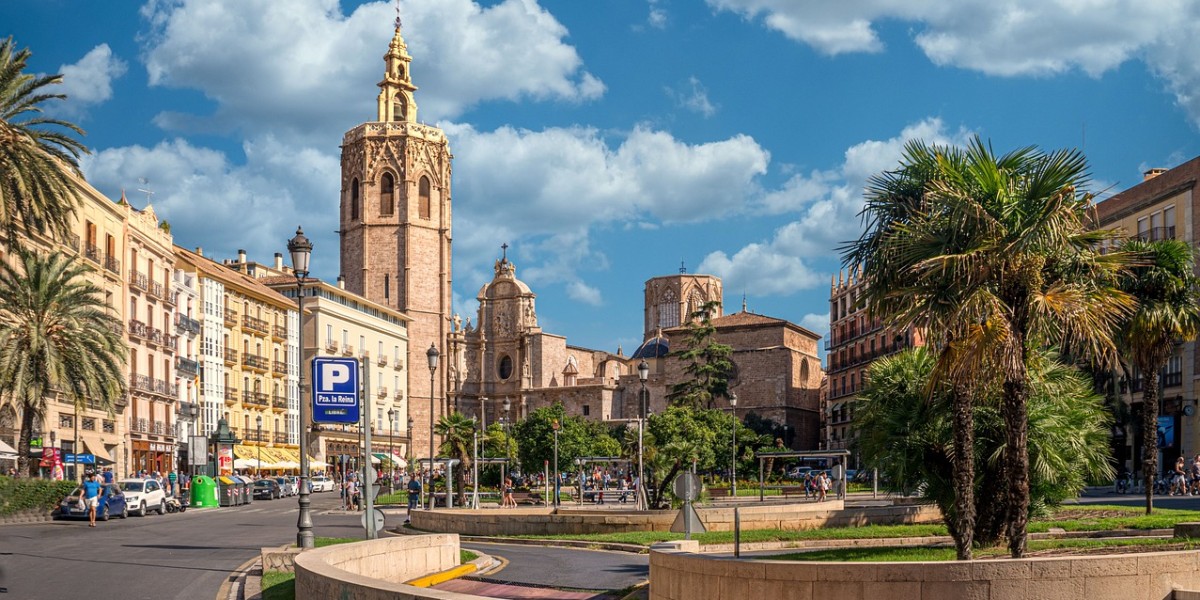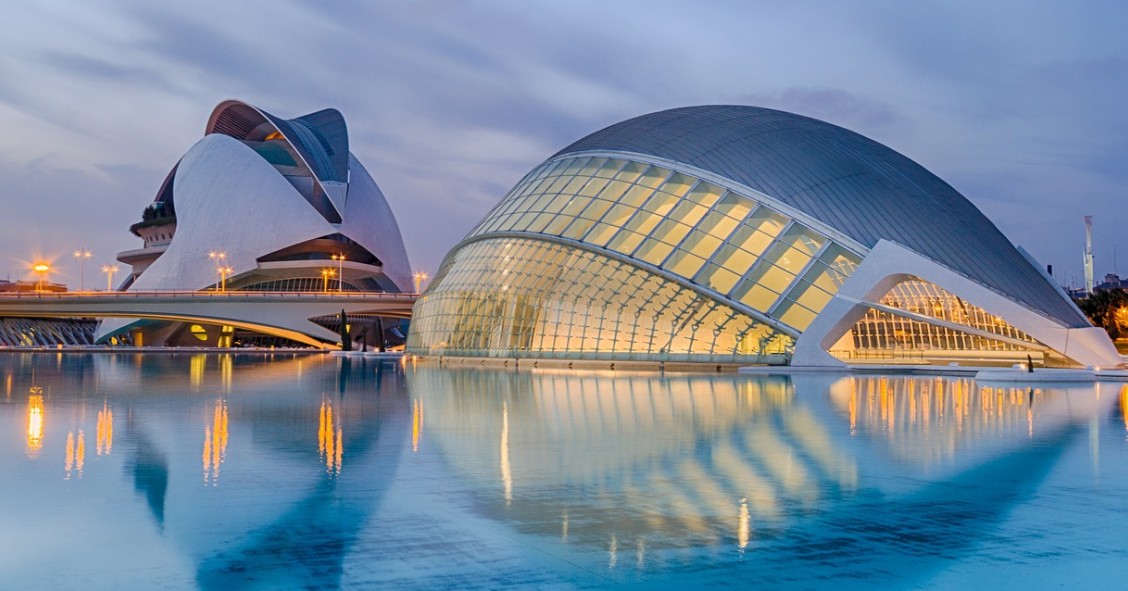
Valencia’s urban landscape would be unrecognisable without the Turia Gardens – one of Spain’s largest and most iconic urban parks.
This expansive green space, which winds its way through much of the city, is not only a hub for leisure and culture but also a living testament to Valencia’s rich history. Here’s everything you need to know about the Turia Gardens.
History of the Turia Gardens
The transformation of the Turia Gardens into Valencia’s green lung is a remarkable story of resilience and urban foresight. The Turia River once flowed through what is now the garden, but following the devastating flood of 1957 – which affected much of the city – the river was rerouted south to prevent future disasters. This left behind a vast, dry riverbed that, over time, would become one of Valencia’s most iconic green spaces.
The project to convert the old riverbed into a public park began in the 1980s as a collaborative effort between architects and landscape designers. Each section was given its own character, all unified by a vision of blending nature with urban life. The Turia Gardens were officially inaugurated in 1986.
Today, the park is more than just a leisure park – it serves as an ecological corridor, supporting species migration and enhancing urban biodiversity. It stands as a powerful example of how once-devastated spaces can be reimagined as thriving centres for both community and nature.
What to see in the Turia Gardens
The Turia Gardens, one of the largest urban parks in Europe, offer a wealth of attractions that reflect both Valencia’s rich history and its dynamic modern life. The park stretches for around nine kilometres, with several areas. Here are some of the best:
- Palau de la Música: this auditorium is located in the park and opened in 1987. It contains several rooms for musical performances, conferences, exhibitions, shows and film screenings.
- Gulliver: a giant playground based on the famous literary character, offering guaranteed fun for the little ones.
- Bridges: both historic and modern, some bridges are true works of art. Among them, the San José Bridge and the Exposition Bridge both have impressive designs and historical significance.
- City of Arts and Sciences: its proximity to this complex, set beside the former riverbed, adds a cultural and futuristic dimension to the experience.

Getting to the Turia Gardens
Reaching the Turia Gardens is easy, as they are accessible from various parts of Valencia and span across much of the city. Here are the most common ways to get there.
- On foot: if you’re in the city centre, you can easily reach the park on foot, as it surrounds the historic core and links several key neighbourhoods.
- Bus: several bus lines have stops throughout the park, including lines 1, 2 and 19, among others.
- Metro: metro stations next to the park are Alameda (the closest to the park's main attractions) and Turia, in the western part of the city.
- By car: there are several parking areas around the park, especially near popular access points such as the Palau de la Música and the City of Arts and Sciences.

Fun facts
The Turia Gardens are renowned not only for their beauty and scale, but also for being home to some of Valencia’s most interesting attractions.
- One of the park’s most iconic attractions is the Gulliver playground, where children can climb and slide down the body of a giant lying on the ground, bringing the classic tale to life in a fun and imaginative way.
- The Turia Gardens are dotted with cafés featuring spacious terraces, perfect for relaxing and soaking up the natural surroundings over a coffee or a light snack.
- The variety of bridges spanning the gardens is striking. From historic structures like the San José Bridge to modern designs, these bridges are key aesthetic features that add character to the urban landscape.
- Each section of the gardens has been designed by different architects and landscapers, resulting in a rich variety of styles and atmospheres.

Living in Valencia
Valencia, with its vibrant cultural scene, Mediterranean climate and rich history, is one of the most appealing cities to live in Spain. The quality of life here is exceptionally high.
Living in Valencia means enjoying a diverse culinary scene, from bars and cafés with spacious terraces to fine dining establishments. The city also boasts a wide array of cultural and recreational activities. Its proximity to iconic landmarks such as the City of Arts and Sciences and the Oceanogràfic adds special appeal for those who appreciate continual learning and cultural exploration.
Well connected by public transport, the city allows you to make the most of all it has to offer. If you’re thinking of moving to Valencia, here are some of the homes and rentals available.
The city is well connected by public transport, allowing you to fully enjoy everything this charming city has to offer. If you're considering living in Valencia, these are the properties and rentals available.


